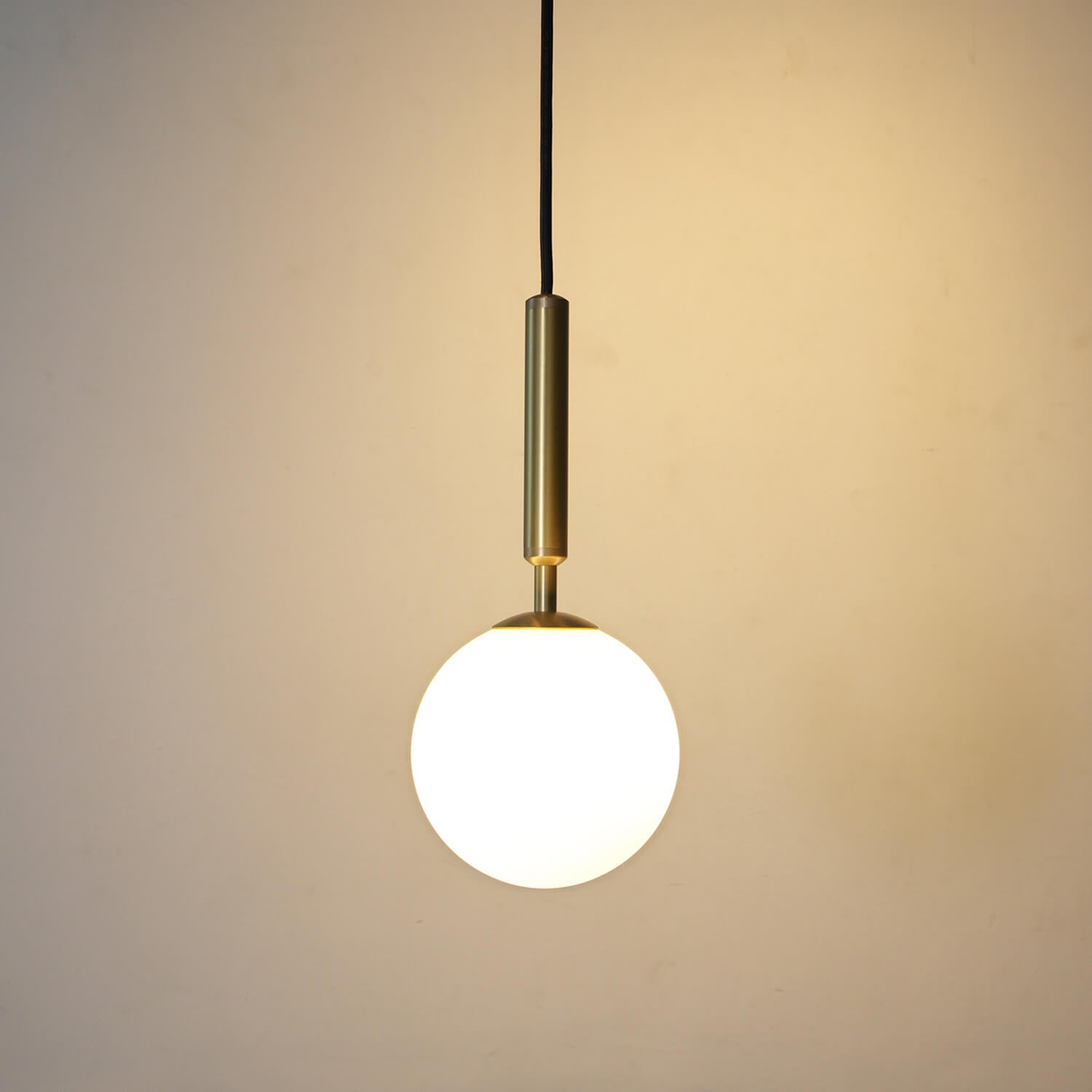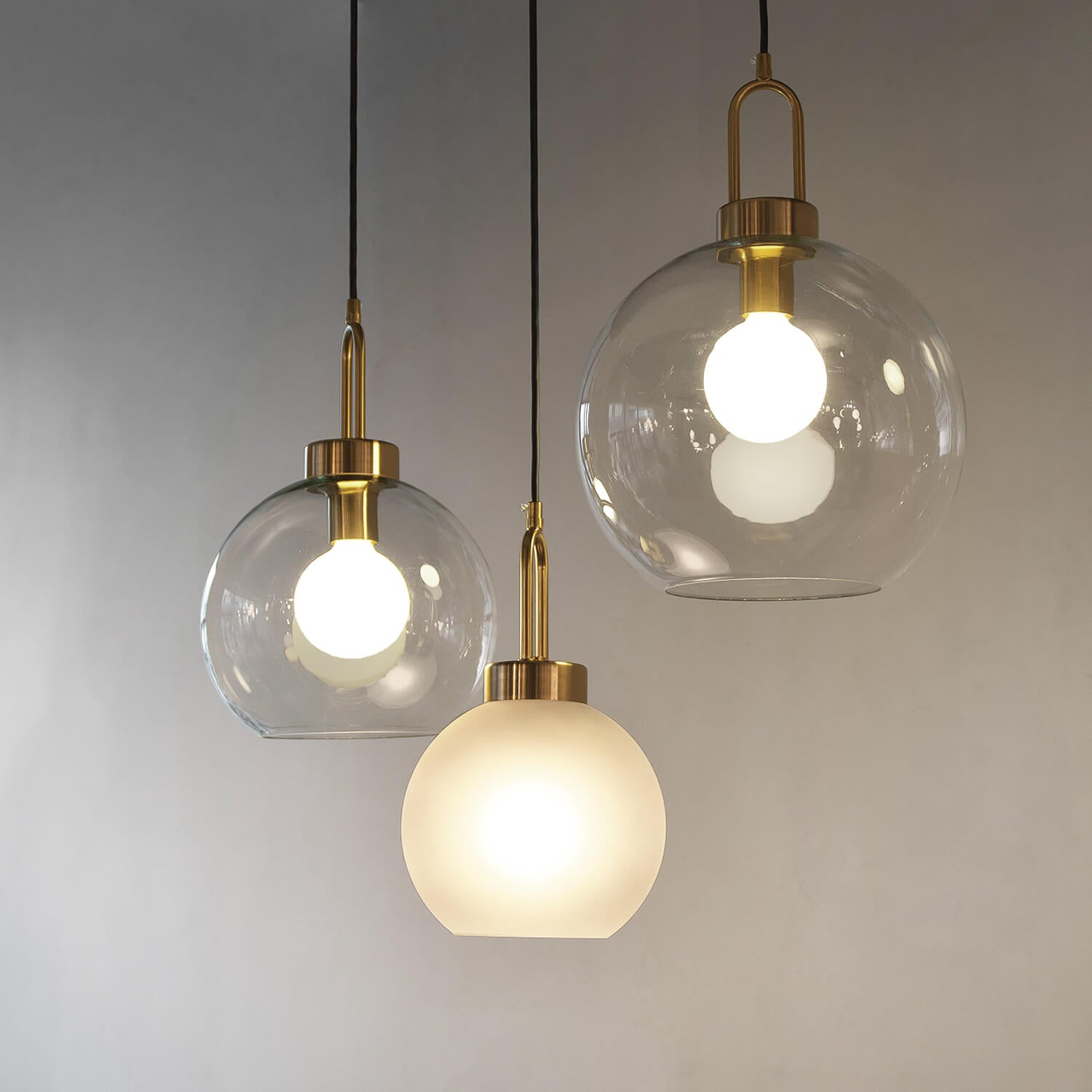Wabi Sabi is a Japanese style of art and design that emphasizes the beauty of imperfection, simplicity, and natural materials. It is a way of life that focuses on the acceptance of transience and imperfection, and values the imperfect and the incomplete. Wabi Sabi is a timeless style that has been embraced by people all over the world.
The Origins of Wabi Sabi
Wabi Sabi has its roots in Buddhism and the tea ceremony. In Japan, the tea ceremony has a strong connection with Zen Buddhism, which emphasizes the appreciation of nature and the acceptance of the impermanent nature of life. The tea ceremony is a ritualized way of preparing and serving tea, and it emphasizes the importance of harmony, respect, and tranquility.
The Elements of Wabi Sabi
There are several essential elements of Wabi Sabi that make it so unique and appealing. These elements include:
– Natural Materials: Wabi Sabi style emphasizes the use of natural materials, such as wood, stone, and bamboo. These materials have a timeless beauty that only gets better with age.
– Imperfection: Wabi Sabi values the imperfect and the incomplete. It is the cracks, the weathering, and the aging that give an object its unique character and charm.
– Simplicity: Wabi Sabi is about simplicity and a minimalist approach. It is about removing the unnecessary, the extraneous, and the superfluous, and focusing on what is essential.
– Transience: Wabi Sabi values the fleeting nature of life and appreciates the beauty in things that are ephemeral or passing. It is the appreciation of the moment, the impermanence of beauty, and the beauty of impermanence.
Wabi Sabi in Design and Architecture
In recent years, the Wabi Sabi style has become increasingly popular in design and architecture. From homes to hotels, Wabi Sabi can be seen in the use of raw, natural materials, the emphasis on simplicity and minimalism, and the use of imperfection to create charm and character.
In architecture, Wabi Sabi can be seen in the use of natural materials such as wood, stone, and bamboo. The use of these materials creates a warm and welcoming atmosphere that is both elegant and simple. The natural imperfections of these materials, such as knots in wood, cracks in stone, and the weathering of bamboo, add to the charm of the space.
In interior design, Wabi Sabi can be seen in the use of earthy tones, natural materials, and rustic textures. The emphasis on simplicity and minimalism means that there is little clutter, and the focus is on what is essential. The use of imperfection, such as chipped pottery or uneven wood surfaces, adds to the charm and character of the space.
In conclusion, Wabi Sabi is a unique and timeless style that emphasizes the beauty of imperfection, simplicity, and natural materials. It is a way of life that values transience and imperfection, and embraces the imperfect and the incomplete. Wabi Sabi has inspired people all over the world, and is a style that will continue to be appreciated for generations to come.



